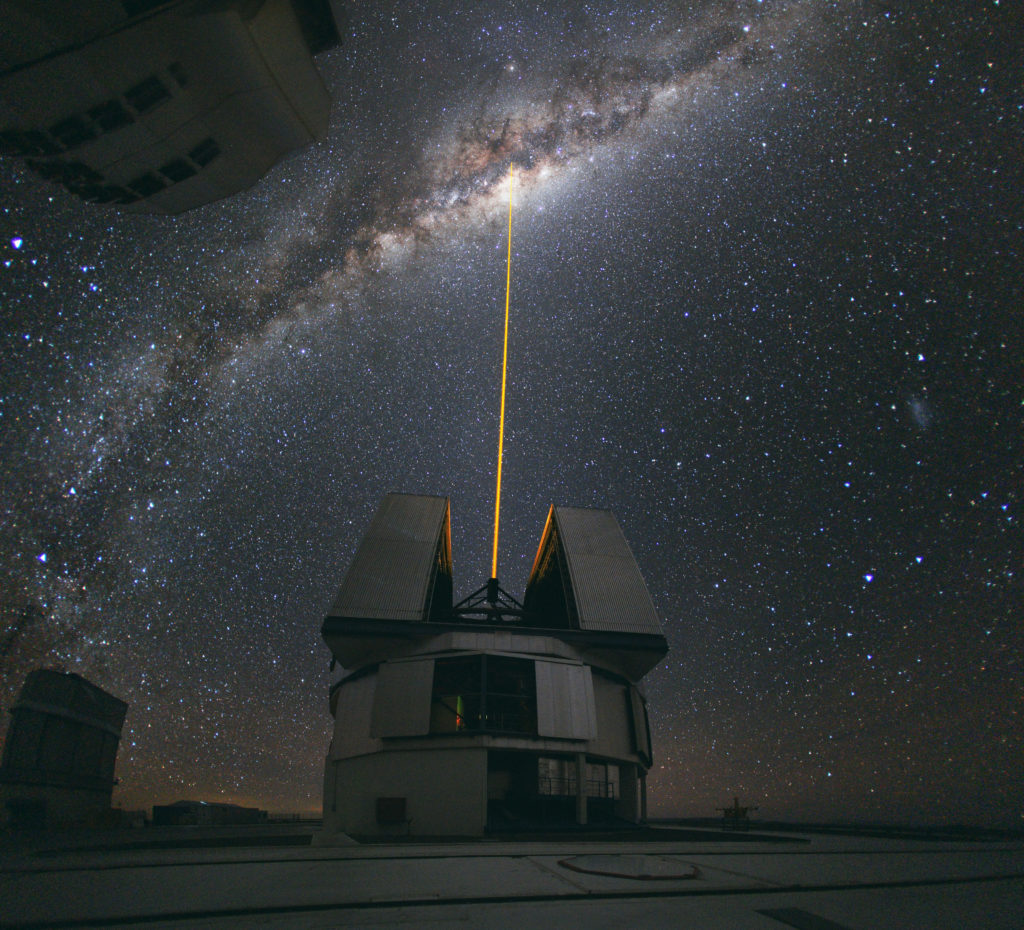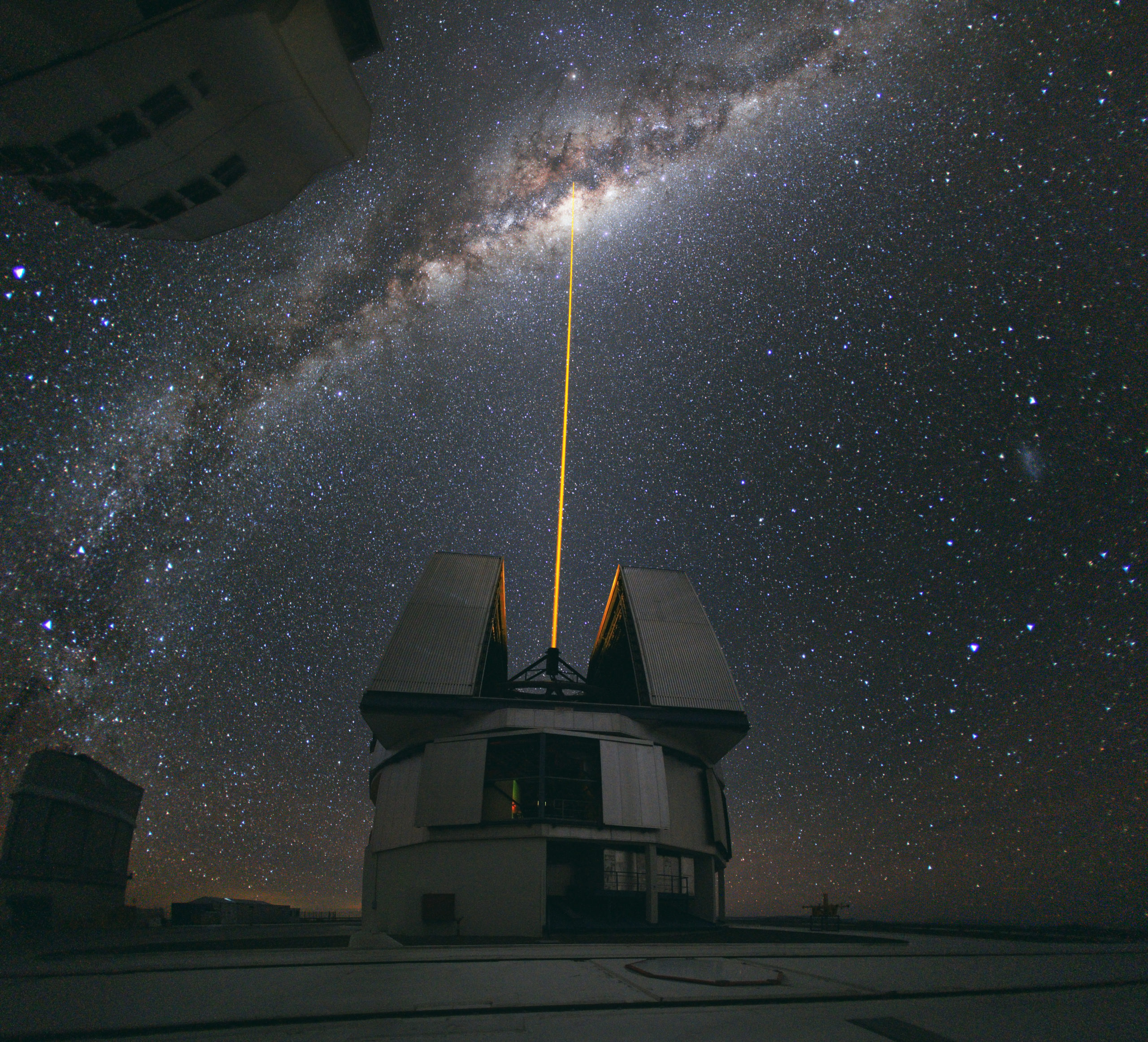
It’s about time that space missions set up “greener” missions? Observing the stars emits a significant amount of CO2 and in the face of a climate emergency, astronomers must reduce the carbon footprint of their research infrastructures, according to a study that is sparking debate.
This reflection is the first time that researchers have attempted to assess the number of greenhouse gases produced by the 30,000 astronomers and their working instruments, which are the radio telescopes, probes and rovers sent into space.
The first findings, published on Monday 21 March in Nature Astronomy, show that the total activity of these instruments since they started working, has produced at least 20.3 million tons of CO2, the equivalent of the annual carbon footprint of Estonia or Croatia. Per astronomer, this would represent annual emissions of 1.2 million tons.
The amount of CO2 is “five times higher” than that generated by astronomers’ air travel when they travel for business reasons, the study points out. “The astronomical community is currently discussing reducing the carbon footprint associated with transportation, as well as supercomputer activity,” says Jürgen Knödlseder, CNRS research director and lead author of the study. “This is good, except that they don’t see the elephant in the room: the infrastructure issue.”
To better estimate the size of the “elephant”, the researcher has screened 50 space missions and 40 observation facilities on the ground: Hubble telescopes, Max Planck, exploration missions Insight (Mars), Rosetta probe (comet “Chouri”), Very Large Telescope (VLT) in Chile …
In any case, it would have been necessary to take into account the construction materials, the operating costs, the electricity consumption… But these data were often unavailable, sometimes because of a lack of transparency on the part of the space agencies, explains Jürgen Knödlseder, who works at the Research Institute of Astrophysics and Planetology in Toulouse.
To fill these gaps, his team used a method developed by the Ademe (French Environment and Energy Management Agency) and the Association Bilan carbon (ABC). This method is known as the monetary ratio method, according to which the carbon emissions of activity are proportional to its cost and its mass.
According to calculations, the $10 billion James Webb Space Telescope and the future giant Square Kilometer Array radio telescope in South Africa and Australia alone would be responsible for the equivalent of at least 300,000 tons of CO2.
“We have to think about reducing the greenhouse gases of our infrastructure,” says Jürgen Knödlseder. And “everyone must do their part, including astronomers who are not in an ivory tower,” commented Annie Hughes of the Max Planck Institute, one of the authors of the study, at a press conference.
“Slow down the machine.”
“I know this may shock, but we need to slow down the machine if we want to reduce emissions by nearly 50% by 2030,” agreed his fellow astronomer Luigi Tibaldo. “Like any activity, astronomy has a significant carbon footprint, so our challenge is to slow down the construction of infrastructure while continuing the search for excellence,” said Eric Lagadec, President of the French Society of Astronomy and Astrophysics, who did not participate in the study.
On the other hand, the method of calculation is much debated: the estimate by monetary ratios generates a high margin of uncertainty (up to 80%), which can “undermine the credibility of the results”, wrote Andrew Ross Wilson in a commentary published alongside the study.
Without having the details of what an installation consumes, they have calculated “on the fly”, which is astonishing to the astrophysicist, Françoise Combes, of the Observatoire de Paris-PSL. She also contests the fact of having divided the global cost by the number of astronomers: “When you build an observatory, it is for science, it benefits millions of people! It’s like dividing the cost of an opera only by those who go there”, comments the scientist.




